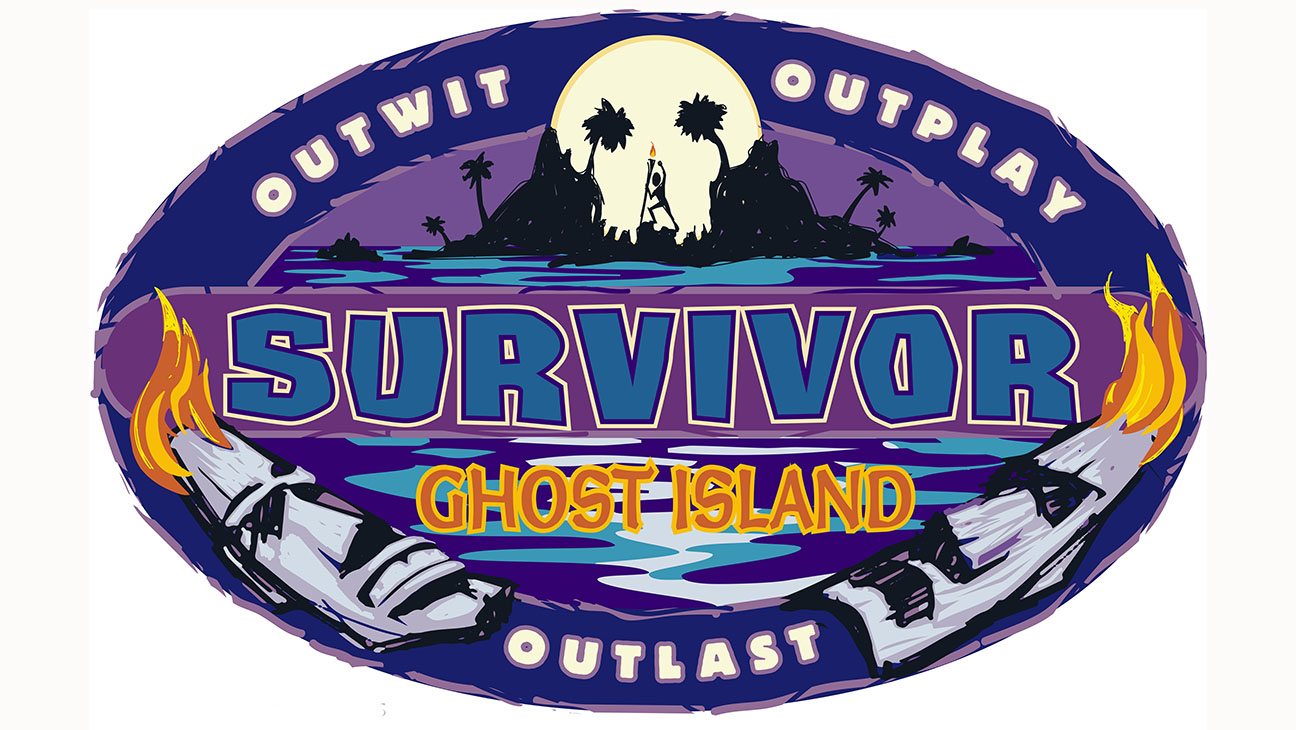Let’s Take Metastatic Breast Cancer Out of the Closet

Early Detection Saves Lives.
Get Your Mammogram Now.
Look Out for Lumps and Bumps.
These are the breast cancer awareness messages that have bombarded us with pretty pink images of women with smiling faces. “I had my mammogram. I’m good for a year now.”
Sometimes our best attempts at building awareness result in unintended consequences. Serious consequences.
Those sending out the awareness messages are well meaning. They love it when someone tells them: “I saw your piece about breast cancer and I got a mammogram right away. They found my tumor early. Now I’m cured. Thank you.” I wish we could, in all honesty, say that the patient has indeed been cured. But we aren’t there yet.
Nice message, but incomplete.
Why is it that we want to catch breast cancers early? Some say it’s because if we catch it when it’s small, it won’t come back.
I have three things to say about that:
- Come back where? The focus is on recurrence in the breast, either the same breast or the other breast. But breast cancer that stays in the breast doesn’t kill you. If it just hangs out in your breast, even if it’s growing, it’s more like an annoying mole versus a melanoma. Yes, it’s frightening if it returns to the breast but it’s exceedingly unlikely that it will kill you if it stays there.
- Small tumor size doesn’t mean it’s not aggressive. There is evidence that even stage 0 breast cancer, also called DCIS or LCIS, may shed cancer cells that circulate in the blood or lymph system until they find a place to hide out- like in your bone marrow. They can sleep there for weeks, months, years, decades. Then one day, they might wake up and…
- Screening Isn’t Always the Answer. There’s a lot of press about dense breasts, younger people not having effective screening options, and unreported or uncommunicated potential tumors seen on images. We need a better, more accurate screening process. Why has this taken so long to achieve?
What is the public being told about signs and symptoms of breast cancer?
The focus is on the breast itself and related lymph nodes. Do you see lumps or bumps? Any nipple discharge? Swollen areas in the armpits? Unusual color, heat or emerging dimples on the surface of the breast?
There are a slew of disturbing messages out there too: “Save the ta-ta’s.” Or a man at a breast cancer fundraiser wearing a t-shirt that says, “I Do Free Breast Examinations.” Or special days promoted on social media posts that may be intended to raise awareness by going braless. Funny stuff, right? But you know it’s crap. Just plain crap that doesn’t help anyone.
To most of us living with metastatic breast cancer, these “humorous” messages are extremely offensive. We are struggling to survive. And that’s not very funny,
What information does the public (or at least early stage breast cancer patients) get about metastatic breast cancer (MBC)?
Nothing. Or practically nothing.
We receive a lot of information about recovery from breast surgery and treatment side effects. But nothing or nothing memorable about metastatic breast cancer. “Don’t worry about recurrence,” some doctors tell us. “We got all the tumor and we will cure you.”
A good portion of the general public as well as many early stage breast cancer patients have no idea that breast cancer can set up shop in other parts of the body. They don’t know that this kind of invasion is what kills you. When they hear that a breast cancer patient has cancer in the liver, they think the person has liver cancer, not breast cancer that has spread. These are not the same conditions and are treated differently.
Cancer confined to the breast does not kill, but it greatly upset us and our loved ones.*
* There are examples of rare cases where people have died from breast cancer that hasn’t metastasized. For example, if your breast cancer becomes infected, you could die from the infection. Or you could die from the side effects of treatment that is overly toxic for your body. These types of situations account for only a handful of the over 40,000 annual deaths due to breast cancer in the US. It’s still too many.
Consider what three women now living with metastatic breast cancer have to say:
I was diagnosed metastatic three months after my original diagnosis of bilateral breast cancer (cancer in both breasts). I’d never heard the word ‘metastatic’ before. I was always confused as to the how’s and why’s of some people surviving it and others dying of it. (Tania Saunders-Lelisi)
I was told I was “cured” by several doctors after my early stage cancer. I was also told that there was a remote chance of a local recurrence, so I opted for a double mastectomy. MBC was not mentioned. (RA)
When I had early stage breast cancer, metastasis was never explained to me. I didn’t know it could come back after a double mastectomy, complete hysterectomy and chemo. In 2009, I was told I was cancer -free. I would have wanted to know more so that maybe I could have spoken up during the 4 months it took to finally get my MBC diagnosis in 2016. (Linda Mantke-Dolezan)
So What?
The truth is, not everyone who gets breast cancer will develop metastasis. However, as it stands now, upwards of 20% of stage 0-3 breast cancer patients will be diagnosed with MBC in the future – weeks, months, years or decades later. Then there is the roughly 10% of patients who are diagnosed with MBC right from the start — without having an early stage cancer in the breast detected first.
Scientists have some idea of which breast cancers are more likely to metastasize, but it isn’t 100% or even close.
What to Do as Patients
We need to learn the signs of MBC and insist on being taken seriously if we experience these symptoms. Consider this comment from someone living with MBC:
I wish I would have known the signs of MBC. Then I would have known what my bone pain was. Breast cancer to my bone was misdiagnosed for too long. It was already in my liver by the time I was diagnosed with stage IV breast cancer.
Ignorance is not bliss.
Knowledge is power.
In order to face our fears of dying from this disease, we need to have some control, like knowing what we should look for. Hip or stomach pain could be something that goes away in a few days. The same with shortness of breath. But if symptoms like these last for awhile, like two or more weeks, you need to see a doctor. We must insist.
How Medical Professionals Can Help
Don’t patronize us. We know you want to believe you can cure us and send us on our merry way so we can live our lives as best we can.
You need to educate us, even though the risk of MBC may be low.
Some early stage breast cancer patients have a greater risk of dying from breast cancer than some long-term smokers have of dying of lung cancer. But we inform smokers of the signs and symptoms of lung cancer. Not so for early stage breast cancer patients. Think about that.
When we “graduate” from early stage treatment, give us information – written information – with pictures and facts – about signs and symptoms of MBC.
Don’t dismiss us when we report suspicious symptoms.
Yes, we know we are all getting older, and some of the symptoms may be confused with aging. But please humor us. Ask detailed questions. Order scans when you can’t be certain. Do the job you were trained to do.
Just because you haven’t seen a specific symptom that turns out to be stage IV cancer, doesn’t mean it can’t happen.
What You Can Do Now
Insist that any messaging about screening and early detection includes at least a reference to the signs and symptoms of MBC.
Write to the companies behind those messages. Thank them for their work, but let them know their messages are incomplete.
We need to provide complete and compelling messages.
We can’t continue to tolerate sugar-coated images or slogans. We need meat and potatoes. (Sorry for using that analogy, vegans.) Let’s try this again: We need broccoli and lentils.
Educate others you know about the signs and symptoms of MBC, particularly those who have been diagnosed with stage 0-3 breast cancer.
Sometimes even those living with MBC aren’t aware of the signs and symptoms of cancer that advances to additional sites.
Here are some great references to help educate ourselves and others:
Cancer.net
National Breast Cancer Foundation
Susan G. Komen
American Cancer Society
These aren’t perfect but they represent the best we have right now.
There are other sites as well, but some are not easily found on internet searches. Most of the references resulting in a search of “symptoms of metastatic breast cancer” take you directly to a specific drug company and their well-publicized treatment for some type of MBC (yes, there are subtypes of MBC).
Try it. Search for “symptoms of metastatic breast cancer.” Click on the first few items that are listed.
If you know of other sites that contain useful information on this topic, please post them in the comments section below.
In The Future
I hope that someday, this post will be sorely outdated. Readers will think “What the heck is this lady talking about?” That day can’t come soon enough.









